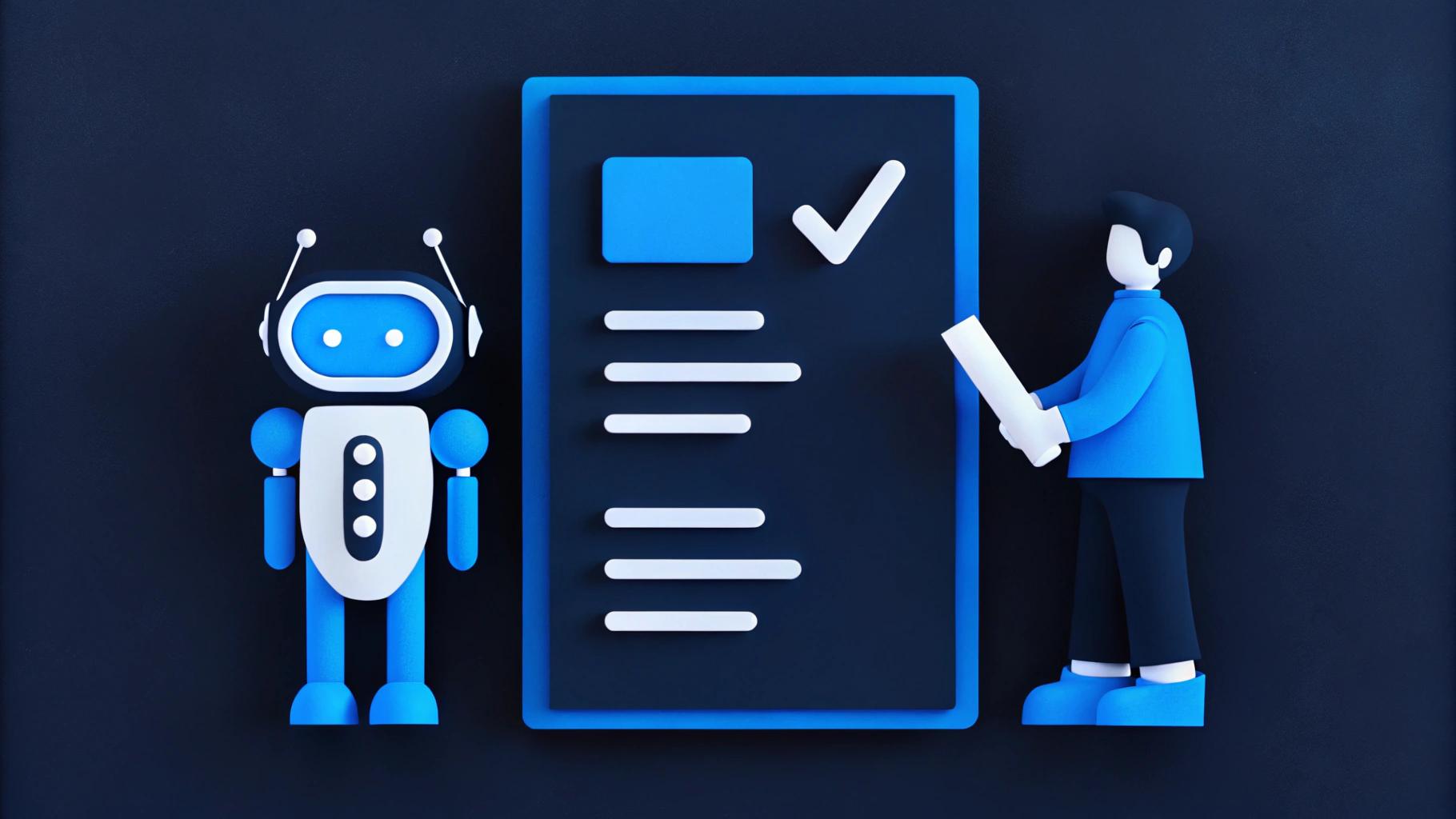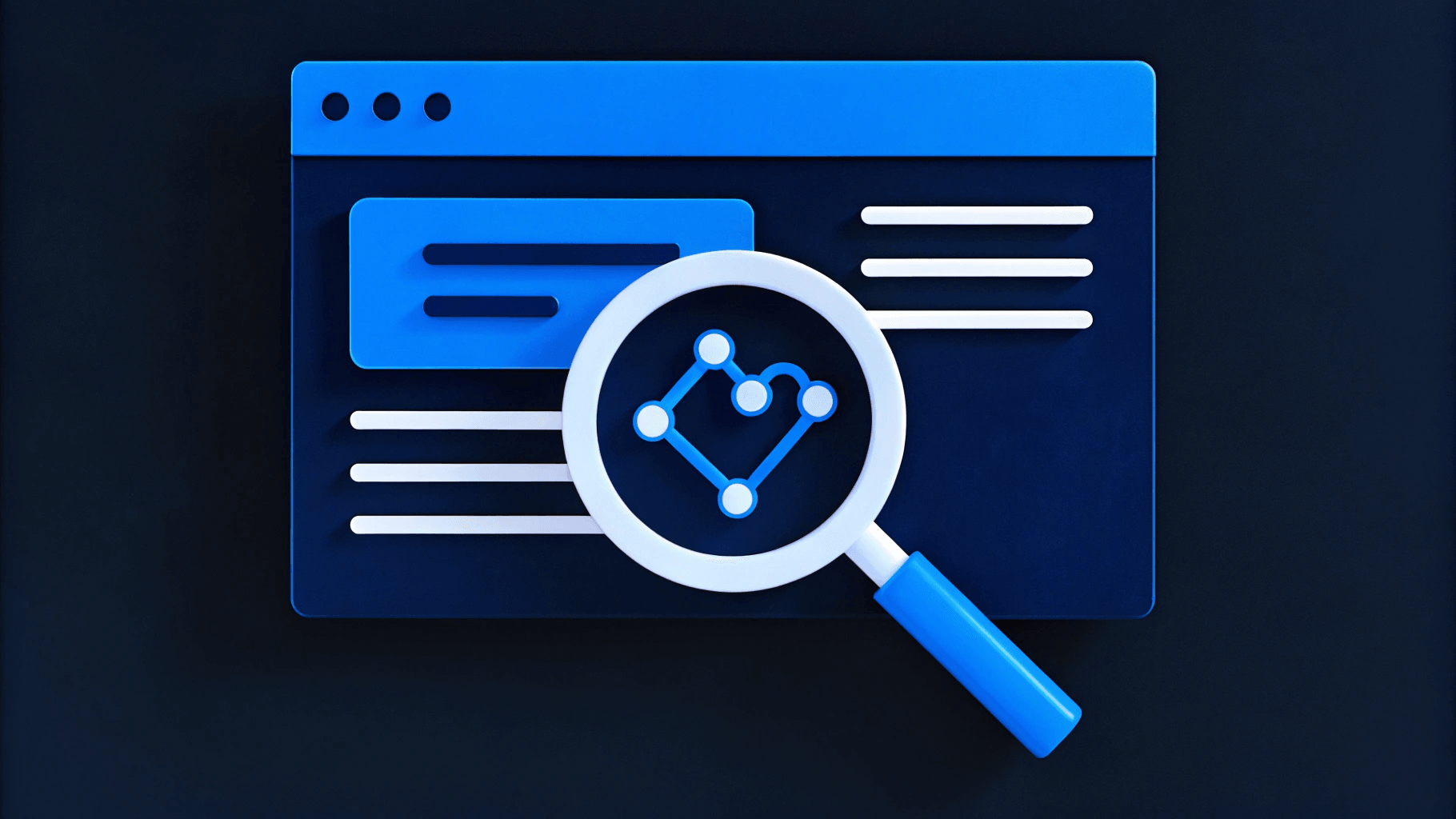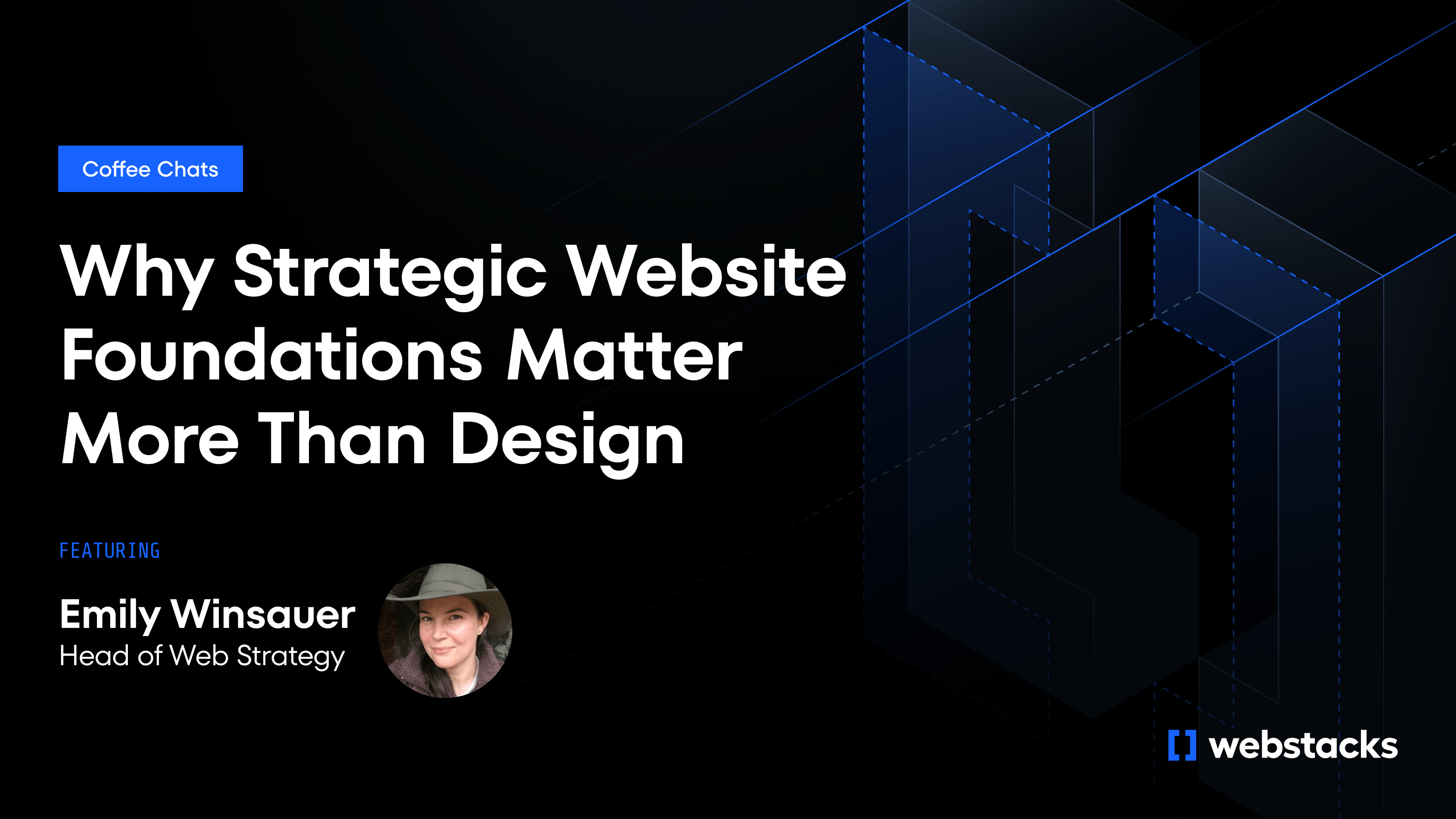Website teams are under pressure to move fast without breaking things. Release cycles are packed, priorities shift daily, and every pull request risks delaying a launch or introducing bugs into production. Manual code reviews can’t keep up, especially when reviewers are spread across time zones and juggling competing priorities.
That’s where AI-powered code review fits in. It reduces review cycles by up to 40%, flags security issues early, and cuts down on rework. For web teams managing launch timelines, cross-functional feedback, and tight campaign windows, those improvements mean fewer blockers and faster go-lives.
In this article, we’ll break down how AI code review works, where it fits in your workflow, and the impact it can have on shipping speed and code quality. You’ll get practical guidance for rolling it out—starting with IDE tools and scaling to CI/CD quality gates—plus a readiness checklist to help you decide when to implement it across your org.
The Breaking Point: Why Traditional Reviews Fail at Scale
Manual code reviews break down under pressure. As teams grow and release cycles accelerate, reviewers are pulled in multiple directions—balancing sprint work, context switching, and team coordination—while pull requests wait for attention. Delays at this stage compound quickly, leading to missed launches, production issues, and accumulating technical debt.
The impact is structural. Developers lose context when they return to stale branches. Review coverage becomes uneven, depending on availability rather than expertise. Less experienced engineers hesitate to submit changes without clear expectations. Senior engineers are pulled into approvals across multiple projects, stretching review timelines even further.
Conventional static analysis tools catch syntax issues but miss the bigger picture. They don’t understand business logic, project conventions, or how a change affects other parts of the system.
AI-based code review introduces a more scalable approach. It evaluates the intent of a change, follows data flows, and surfaces potential logic errors—delivering consistent, context-aware feedback in seconds. This reduces review bottlenecks, standardizes quality, and frees up senior engineers to focus on higher-impact decisions like architecture and system design.
How AI-Powered Code Review Works
AI review tools analyze code with a broader understanding than traditional static checks. Instead of focusing only on syntax, they evaluate control flow, variable scope, and how changes relate to the surrounding codebase. Large language models process these signals to identify logic flaws, performance issues, and deviations from expected patterns. Suggestions appear directly in pull requests, reducing review cycles and catching issues before they reach production.
Learning from Your Codebase
Off-the-shelf suggestions are a starting point. The real value comes when the system adapts to your codebase. Some platforms let you train organization-specific models that reflect your naming conventions, file structure, and preferred utilities. This reduces irrelevant alerts and makes feedback more specific to your internal patterns.
Each interaction—whether it’s accepting a suggestion or marking it as noise—helps the system respond more accurately over time. Instead of rewriting rules manually, teams build a feedback loop that quietly tunes the review engine in the background.
Built Into Your Workflow
AI code review works across the entire development process, offering value at different stages without adding new tools or interrupting existing workflows.
- During development: As you write code, real-time feedback in your IDE flags issues early and reinforces team conventions without requiring a pull request.
- At the PR stage: Inline comments identify potential problems, assign severity levels, and help reviewers focus on what matters. This removes unnecessary back-and-forth around style or minor logic gaps.
- In CI/CD pipelines: Once a PR is submitted, the system applies automated checks. Code that introduces high-risk changes can be flagged or blocked based on configurable rules.
This multi-layered setup provides early detection, consistent feedback, and protection at the gate, without forcing engineers to jump between systems or wait for approvals.
What It Can Catch
Large language models do more than linting or format enforcement. They identify issues based on logic, structure, and code behavior patterns, giving development teams a broader safety net during review.
- Security vulnerabilities: Examples include exposed credentials, unsafe user input handling, or unparameterized SQL queries.
- Performance inefficiencies: Common patterns include unnecessary nested loops, blocking operations, and unoptimized API calls.
- Maintainability concerns: This includes duplicated code, overly large functions, and unused variables that clutter the codebase.
- Style and formatting violations: Consistency issues across files, such as naming mismatches or incorrect indentation, are flagged early.
These suggestions help teams spot issues that typically slip through traditional rule-based tools, especially in high-velocity release environments.
Getting It Right from the Start
Strong results depend on a clean foundation. The more context the AI has, the better its recommendations will be. Before rolling out AI review across your workflows, confirm that the repository meets baseline readiness standards.
- Commit history should be structured and meaningful so the system can understand how different parts of the code have evolved.
- Tests should be reliable, helping reviewers validate that changes flagged by the AI don’t introduce regressions.
- Access controls need to allow the tool to scan the correct branches and folders, especially in multi-repo environments.
Setting up the basics ensures the model works with relevant inputs and avoids false positives tied to unclear code ownership or fragmented logic.
Handling Limitations
AI review tools don’t catch everything. Their accuracy may drop when parsing unfamiliar libraries, non-standard frameworks, or unusual architectural patterns. Some suggestions may be technically correct but contextually irrelevant.
To manage this, teams can set thresholds that determine when suggestions are surfaced or when a reviewer needs to step in. It also helps to identify sensitive areas of the codebase where only manual review is allowed. Regular tuning sessions—especially after major refactors—keep the system aligned with evolving standards.
Rather than replacing reviewers, the AI handles repetitive checks, enforces consistency, and reduces the time spent on low-value feedback. This lets developers shift their attention to architectural decisions, cross-functional collaboration, and feature delivery.
Why Composable Architecture Improves AI Code Review
AI review systems perform best when code is structured clearly. Composable architecture supports that clarity by breaking pages into modular, self-contained components. Each component has a well-defined boundary and a standard interface, reducing the cognitive load for both developers and review tools. Instead of parsing a tangled monolith, the AI can analyze smaller units with predictable patterns and surface relevant suggestions faster.
Component-Level Context Improves Accuracy
Reusable components give the AI cleaner signals to work with. When the same pattern shows up across multiple files, the model becomes better at recognizing intended behavior and flagging deviations. This leads to more accurate suggestions and fewer false positives. Over time, as similar components are reused across features or products, review quality stays consistent even as velocity increases.
Faster Feedback on High-Impact Issues
Because components are isolated and predictable, AI can often review only the changed module instead of scanning the entire application. This reduces processing time and accelerates feedback. In teams that use design systems or tokenized styles, the AI can identify deviations more precisely—for example, spotting a non-standard color class or an outdated component import—before those issues reach production.
Consistent Standards Without Manual Oversight
A composable structure allows automated systems to reinforce rules around styling, accessibility, or behavior without relying on manual reviews. When the same base component powers every button or form field, even a small fix—like updating an ARIA label or correcting a brand color—can propagate across the site in a single merge. This approach helps teams maintain consistency without requiring designers or leads to audit every change.
Smoother Onboarding and Fewer Bottlenecks
New developers benefit from the modular structure as well. Instead of navigating a large codebase with undocumented dependencies, they learn the system one component at a time. When AI review is layered in, it adds contextual guidance—flagging missing props, referencing similar past changes, and explaining usage patterns. This shortens ramp-up time and reduces dependency on senior reviewers for every pull request.
Step-by-Step Implementation: Building Your AI Review Pipeline
A phased rollout keeps risk low while making improvements measurable. Start with the tools developers already use, then expand into PR workflows and CI/CD enforcement once the team is confident in the system’s accuracy.
Phase 1 – IDE Integration
Integrating AI review at the editor level gives developers real-time suggestions as they write. Tools like GitHub Copilot, Amazon CodeWhisperer, Tabnine, and Bito support common environments like VS Code and JetBrains. These tools can flag code smells, propose fixes, and generate unit test scaffolds before the code leaves the developer’s machine.
This reduces friction by catching issues early, before a pull request is even opened. For most setups, installation involves enabling inline suggestions through the IDE's plugin marketplace and authenticating through OAuth. Editor configurations should be consistent across the team—lock to approved plugin versions, store API keys in environment variables, and avoid committing credentials to source control.
Teams should confirm version control is active and that linter settings are committed to the repository. When configured correctly, this phase reduces low-value PR comments on style, formatting, and common errors.
Phase 2 – Pull Request Automation
Once real-time editing is in place, the next step is automating reviews at the pull request level. This ensures every PR receives consistent, model-driven feedback. Platforms like Graphite and Bito allow configuration of bots that leave structured inline comments labeled by issue type, such as security, performance, or style.
Governance rules can be set to block merges based on severity. For example, a “critical” label may require manual approval. In GitHub, this can be configured through a GitHub Actions workflow using the following structure:
name: AI Review
on: pull_request
jobs:
review:
runs-on: ubuntu-latest
steps:
- uses: actions/checkout@v3
- name: Run AI Review
uses: vendor/ai-review-action@v1
env:
API_KEY: ${{ secrets.AI_KEY }}GitLab pipelines can mirror this by calling the vendor’s Docker image within a .gitlab-ci.yml job. Start with non-critical services to evaluate false-positive rates without affecting production velocity.
Phase 3 – CI/CD Quality Gates
After establishing PR-level feedback, introduce AI-based gates to your CI/CD pipeline. Platforms like Trunk allow for build failures based on review findings—such as flagged SQL injection risks, unsafe regex patterns, or structural inconsistencies that compromise code quality.
Different thresholds can be applied by environment. For example, allow medium-severity issues through staging but require a clean pass for production deployments. These gates can also be tied to rollback logic: if a post-deploy scan identifies a critical issue, the pipeline reverts to the last verified build and alerts the team.
Integrating these checks into the release process reduces manual review overhead and provides real-time safeguards for production stability.
Phase 4 – Feedback Loops and Human Oversight
AI review systems improve over time, but they still require human judgment. Teams should schedule regular triage sessions to review false positives, validate missed issues, and tune confidence scores. Most platforms support logging reviewer feedback to refine future suggestions without manual retraining. Track performance using two metrics:
- Resolution without code change (indicates noise)
- High-risk issues caught pre-merge (indicates value)
If noise exceeds 25 percent, confidence thresholds or rule packs may need adjustment. A rising value rate signals better model alignment with the codebase.
Human review remains essential for high-impact logic, architectural decisions, and cross-service interactions. But by automating repetitive checks, teams reduce cognitive load and accelerate delivery without compromising code quality.
AI-Enhanced Composable Development with Webstacks
Composable architecture gives teams the flexibility to move fast, but that flexibility comes with more moving parts to manage. Without a scalable way to review and govern every component, teams risk inconsistent quality, slower releases, and growing technical debt.
Webstacks integrates AI review into the development process, reinforcing standards and catching issues early, without adding overhead. Our approach pairs modular backend systems with automated checks that keep your codebase clean, consistent, and aligned with business priorities as it grows.
Whether you're shipping new pages, updating shared components, or integrating new tools, AI-backed workflows help your team stay fast without sacrificing control.
Talk to Webstacks to modernize your review process and scale with confidence.




